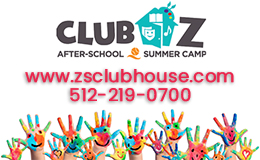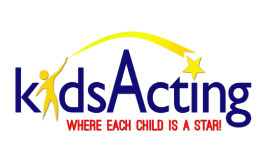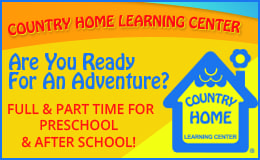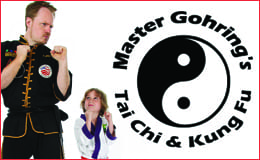A dear friend called me to talk about her first-grade daughter, who was complaining of boredom in school. As a former educator, she wanted my advice. The family didn’t want to change schools or teachers, but they did want to ensure their daughter stayed engaged and continued to love learning. My friend’s timing was great, because I had learned of a number of online resources that would be perfect for her situation. Once considered the domain of homeschoolers, online learning resources have evolved to offer robust, engaging learning opportunities to not only homeschoolers, but also to preschoolers, public and private school students, and adults alike.
There are many reasons families turn to online learning. Just as a child has academic areas of strength, the typical child will also have areas where he or she is weak. Online curriculum can help reinforce skills that students are learning, and can help close knowledge gaps. Conversely, students can take advantage of learning online to preview concepts, potentially boosting their confidence when the information is presented in class.
As in the case of my friend’s daughter, a child may need to be challenged academically. Families can help their children work on more advanced skills than those that are that are being covered in the classroom. Online learning can also be used to fill the gap when a school lacks the resources to provide classes such as art, music, and social studies.
Online learning tools are also great for the inquisitive child who just has to know everything about space, dinosaurs or the ocean. It is hard for a classroom teacher to dive deep into topics, as there is just not enough time to meet each individual child’s need to know more!
Learning online also allows a lot of flexibility for busy families. Instead of being tied to a weekly tutoring appointment, families can fit learning sessions around their schedules. When a win on the field means that one game turns into two, the lesson can be shifted to later.
Online learning isn’t only for children! Parents can model lifelong learning by working through their own content, or by choosing a topic to learn with their children. And, learning together can be a very connecting experience. The whole family could watch a video together, and then discuss it during dinner. Or, traveling parents could participate in the same lesson remotely, and then chat with their child about what they each learned during a bedtime call home.
Finally, some parents appreciate the ability to take control of their child’s education by selecting topics important to them. By observing their child’s learning at home, they can assess the child’s individual needs and can receive real-time progress updates, adjusting as needed.
There are so many online learning programs out there that it can be overwhelming! Some online learning companies charge fees, while others offer content for free. Some follow Texas state standards, ensuring that a child is learning state-approved, grade-level content, while others are not tied to standards at all. It is important to first determine your aim in utilizing online learning, and whether you need a program that is standards-based.
Here is a short list of programs to explore. Check them out with your child. You may find something that gets both of you excited!
Outschool offers a range of online classes with different formats and varying fees to K-12 learners. Most classes are live, online classes that meet over group video chat, but Outschool also supports “flexible schedule” classes.
IXL’s learning modules are aligned to the state learning standards (TEKS), and the program provides progress reports. Membership includes monthly and annual options, as well as single and multi-class options.
Time4Learning can be used as a homeschool curriculum, afterschool alternative to tutoring, or for summer study. Classes are pre-K through high school, and pricing depends on the grade level. Students’ work is automatically graded, tracked, and recorded.
BrainPOP offers three options: BrainPOP Jr. for kinder through third grade, BrainPOP for upper elementary and middle school and BrainPOP ELL, a proficiency-based English language learning program for all ages. Course offerings include: STEM, social studies, English, health, art, and music.
Big History Project is a free, online social studies course that is aimed mainly at middle and high school students, but is also interesting for upper elementary students and adults. Its aim is to deliver a big-picture look at the world, and to help students develop a framework to organize what they’re learning, both in and out of school.
The Great Courses offers more than 14,000 lectures in areas such as fine arts, math, history, literature and language, religion, science, economics and finance, and more. Classes are typically best for adult learners, but Great Courses also offers a high school section of classes. Fees are charged per course.
Khan Academy’s mission is “to provide a free, world-class education to anyone, anywhere.” Courses include math, science and engineering, computing, arts and humanities, economic and finance, test prep, and more. Khan Academy has partnered with institutions like NASA, The Museum of Modern Art, The California Academy of Sciences, and MIT to offer specialized content.
Alison Bogle is an Austin-based freelance writer and mom of three.

















